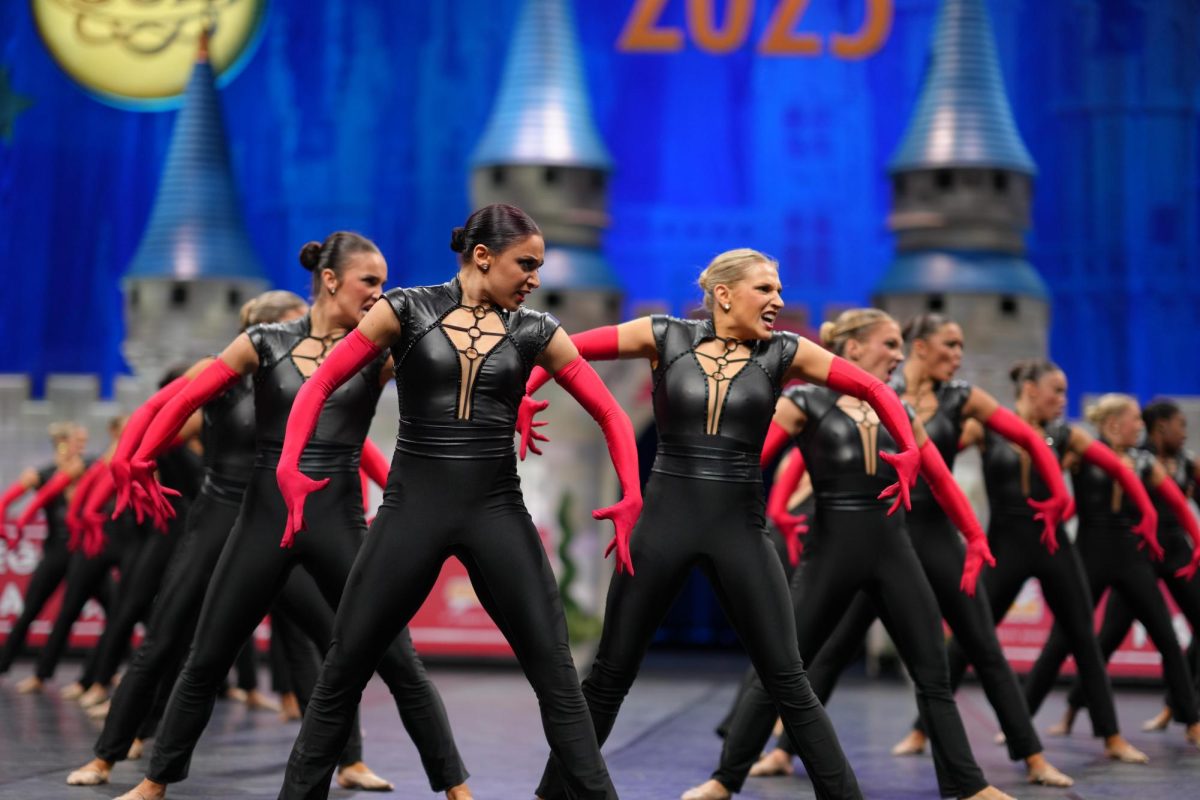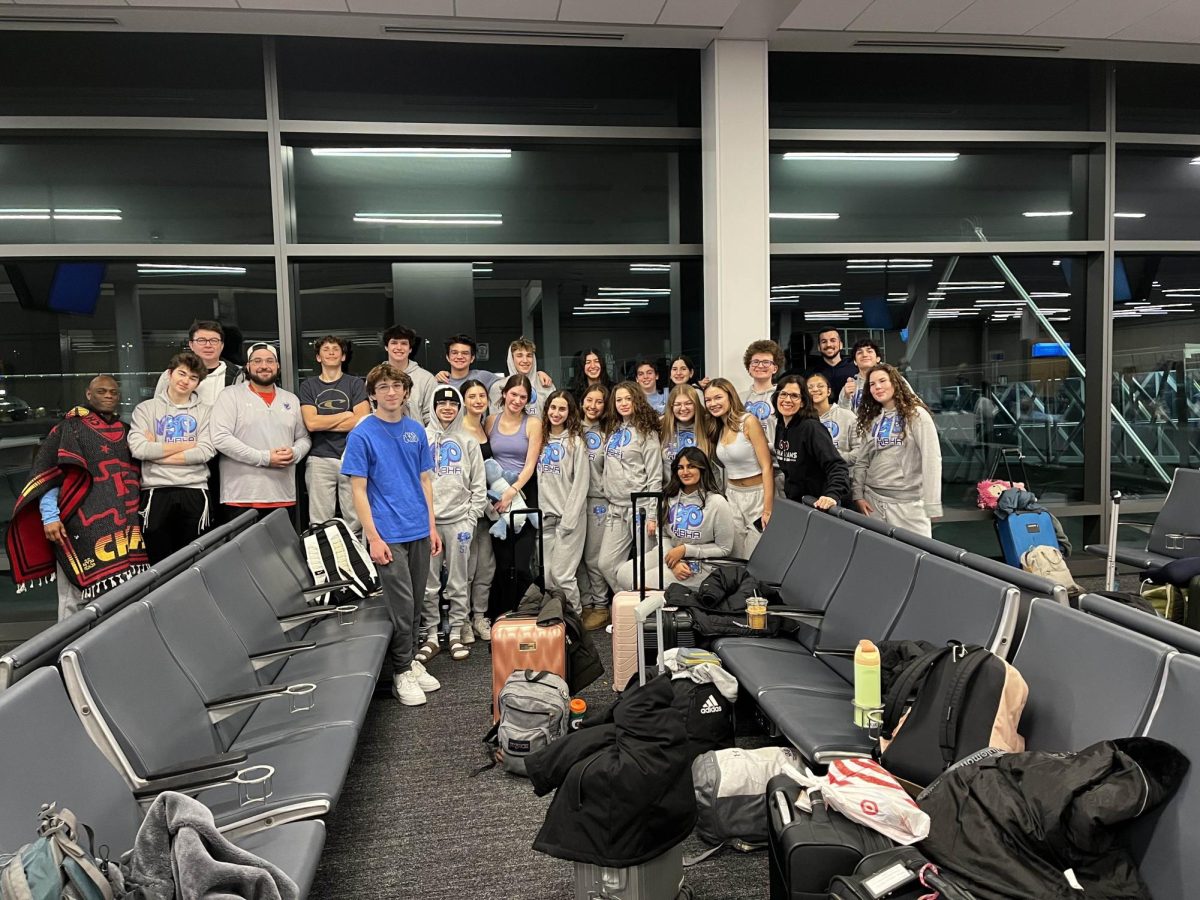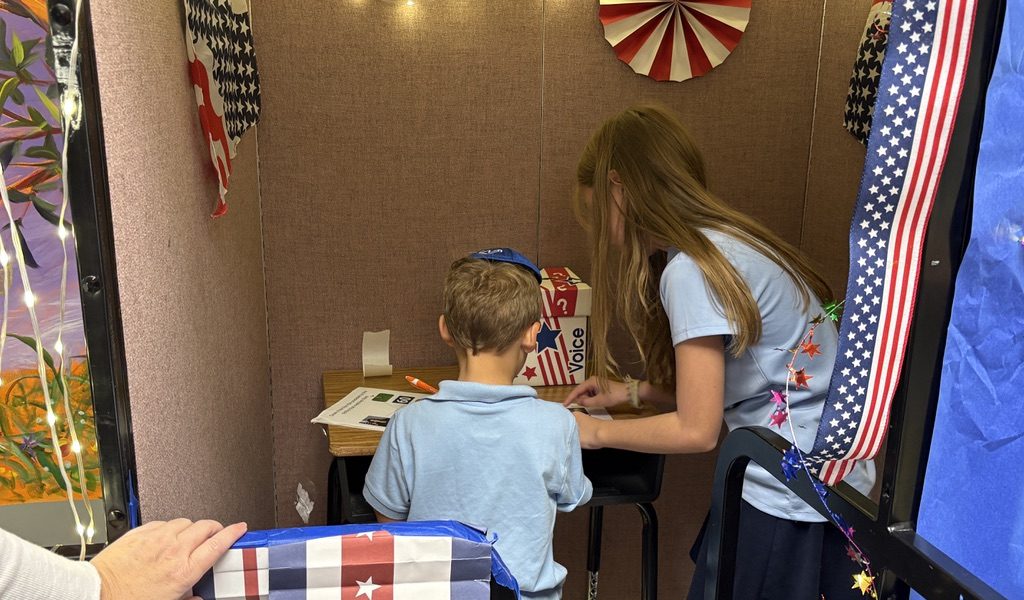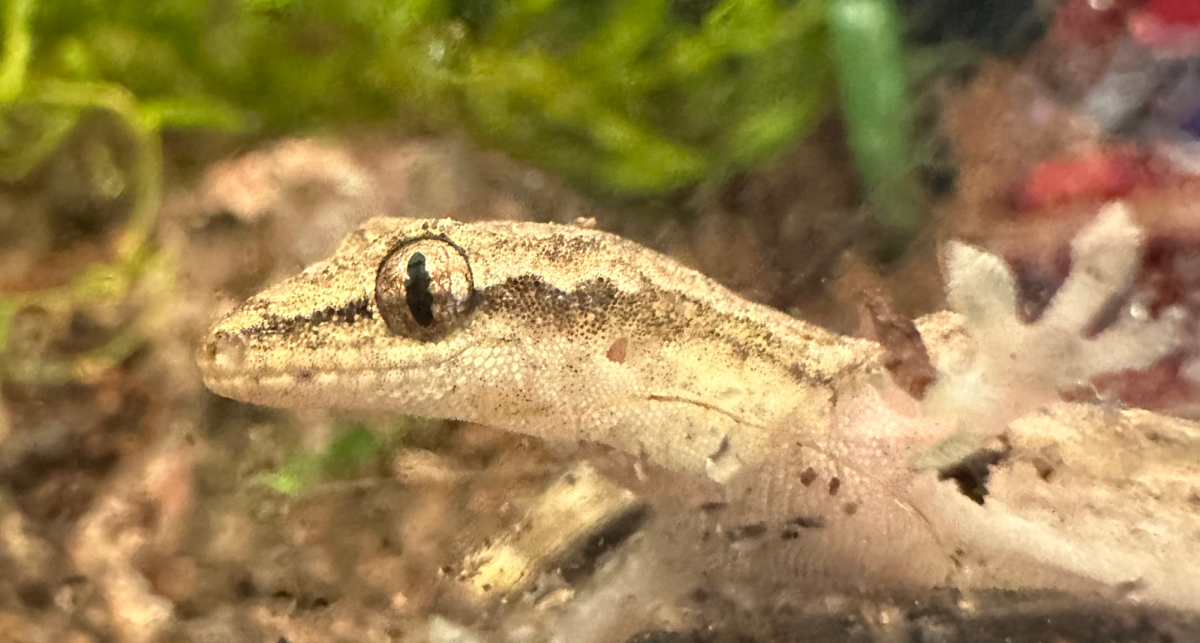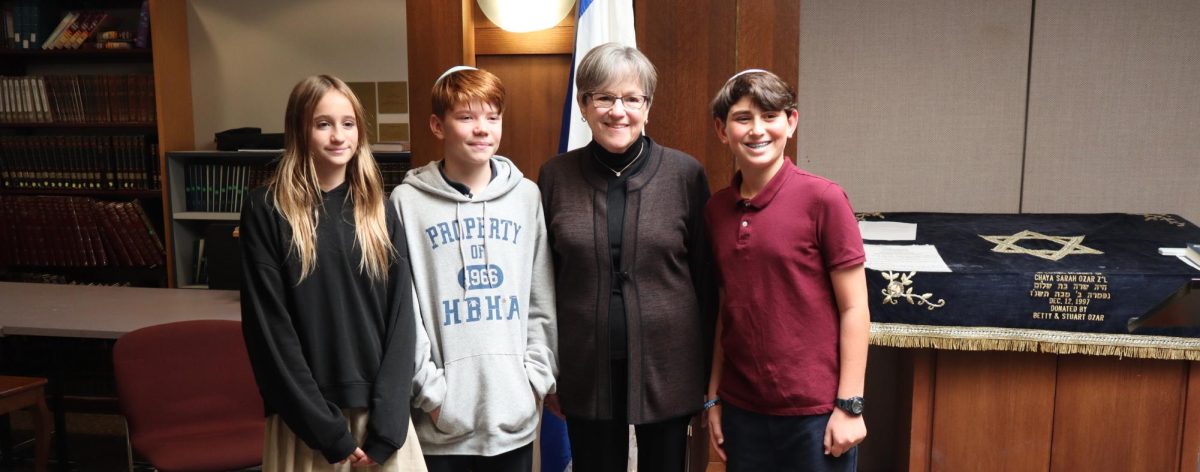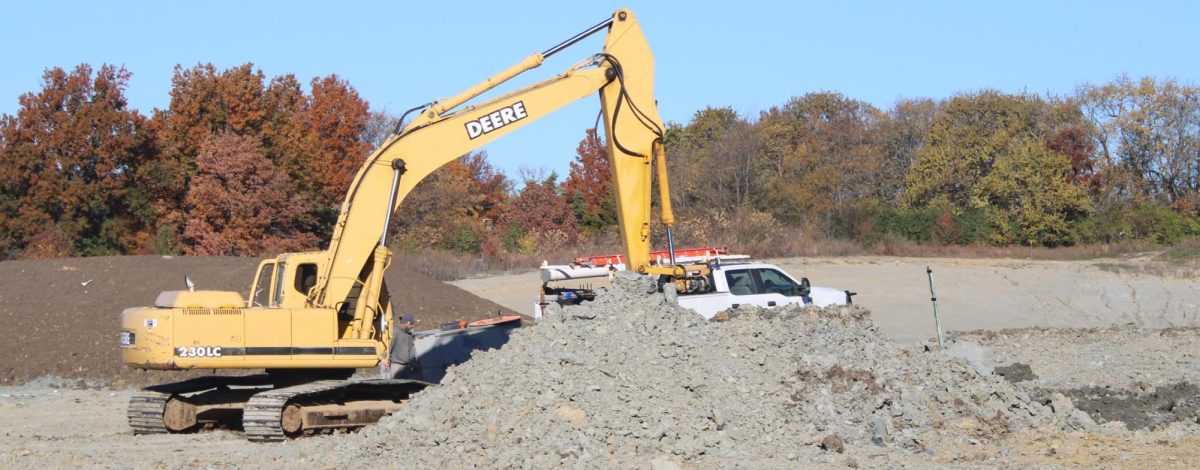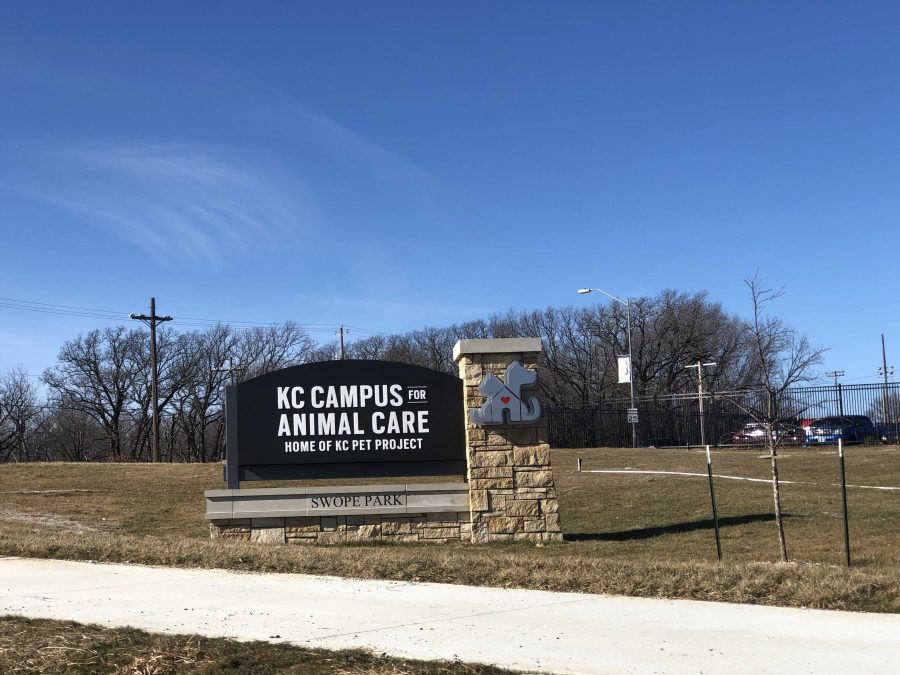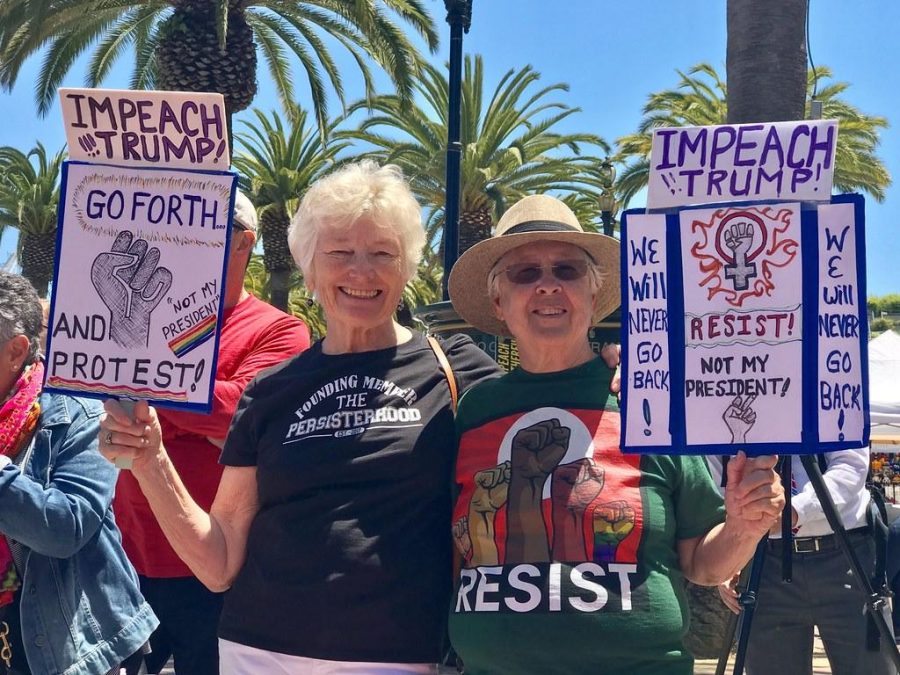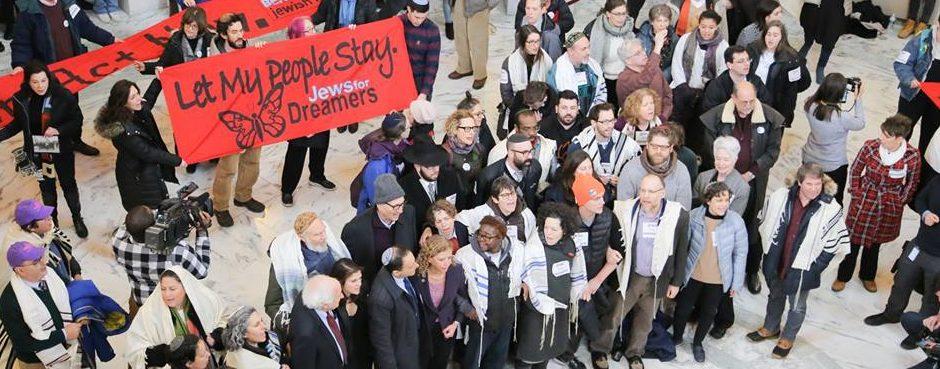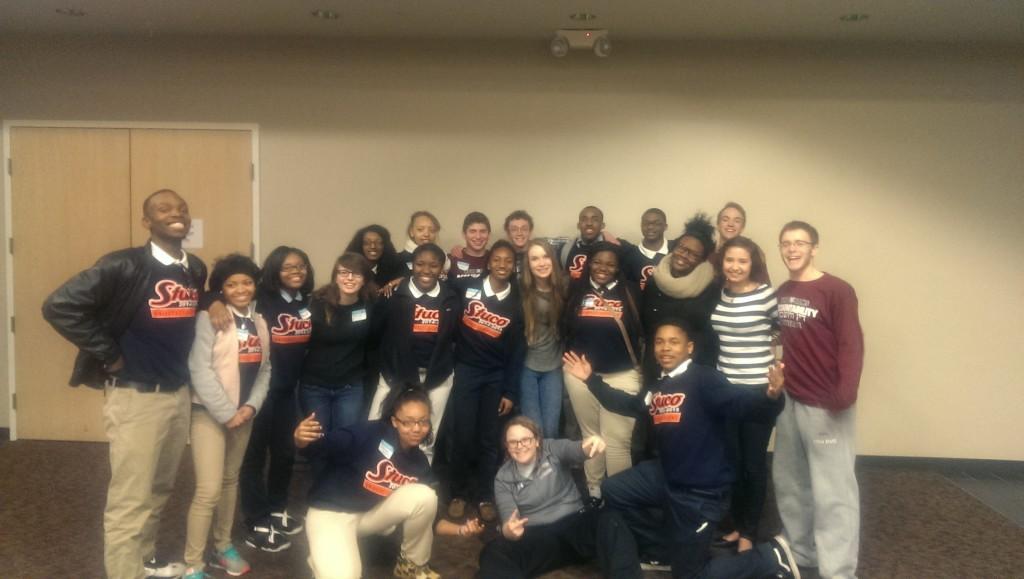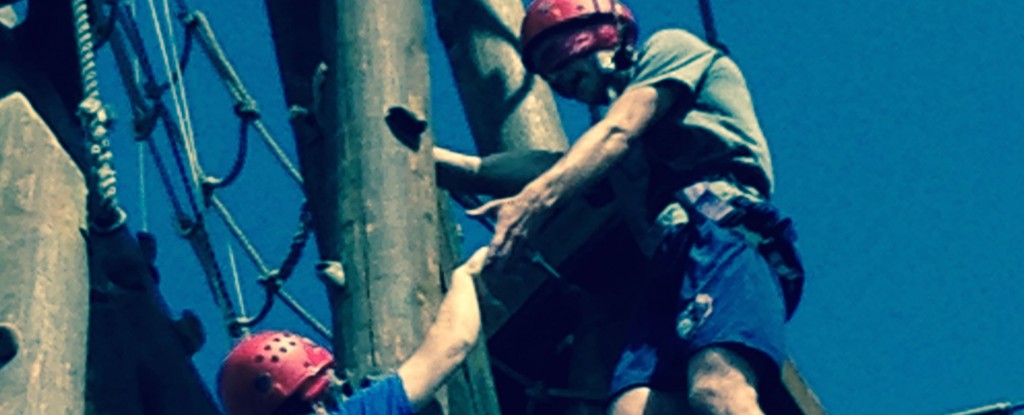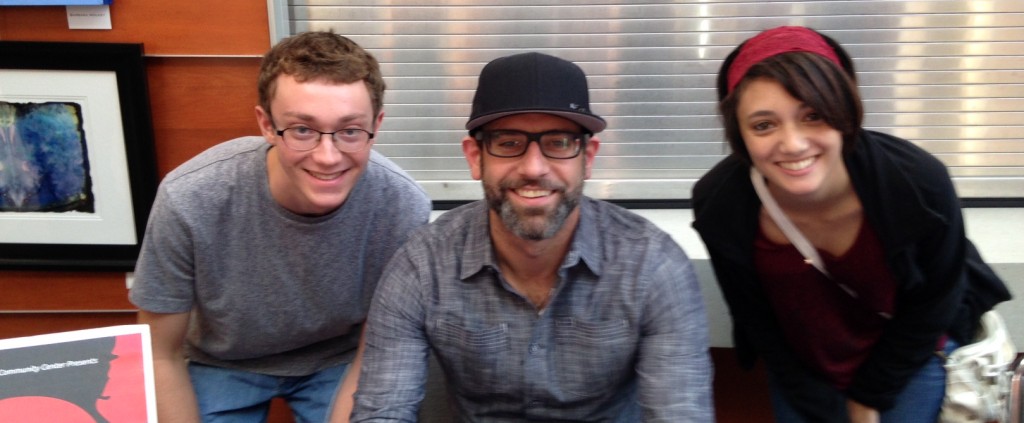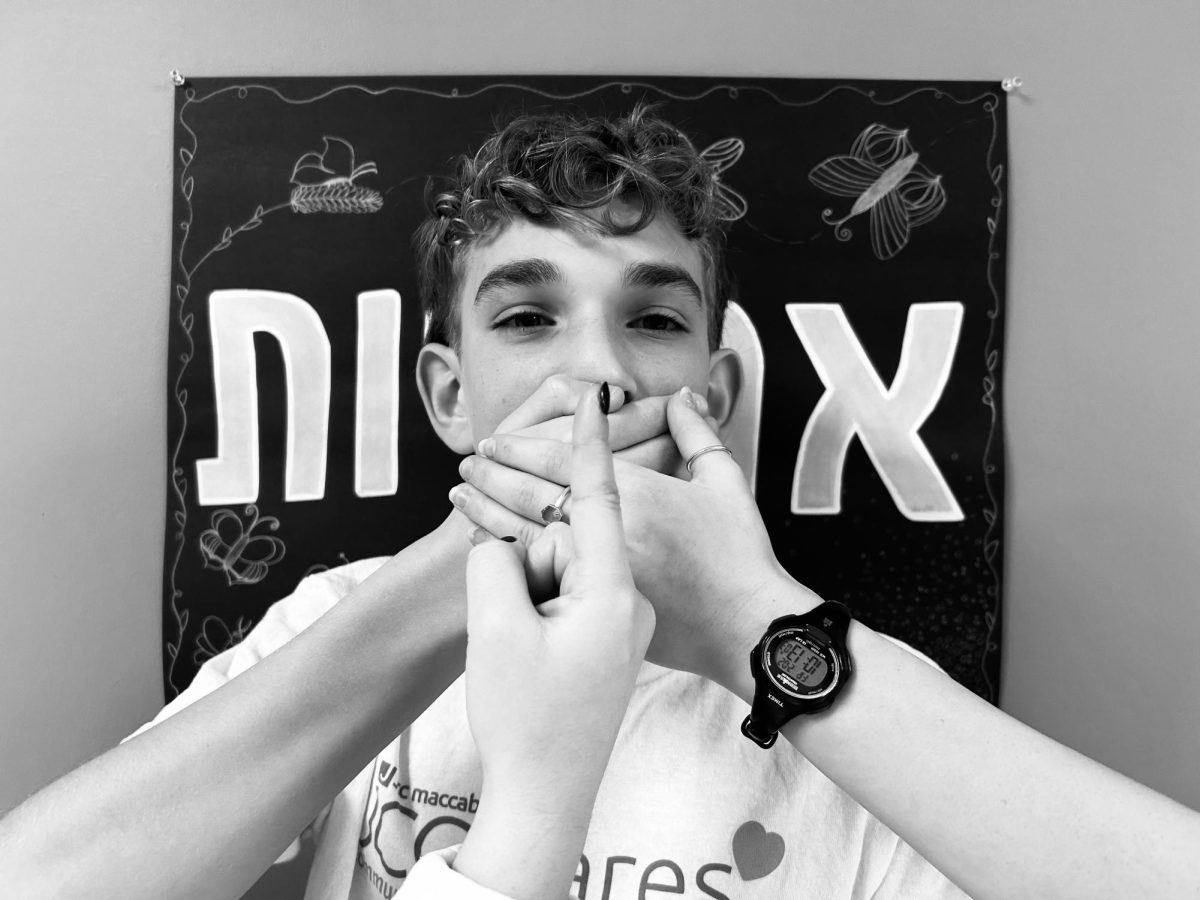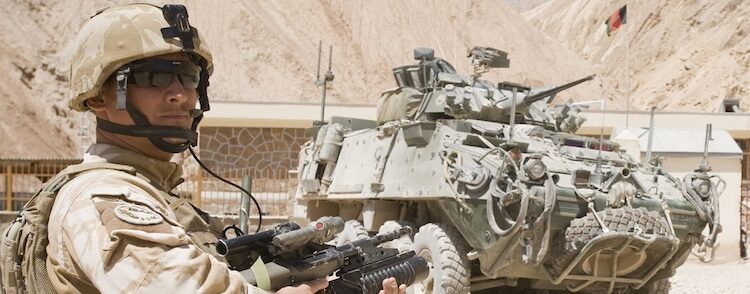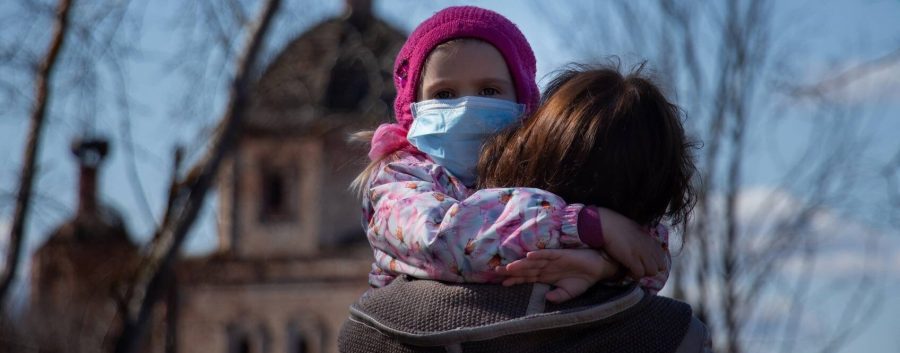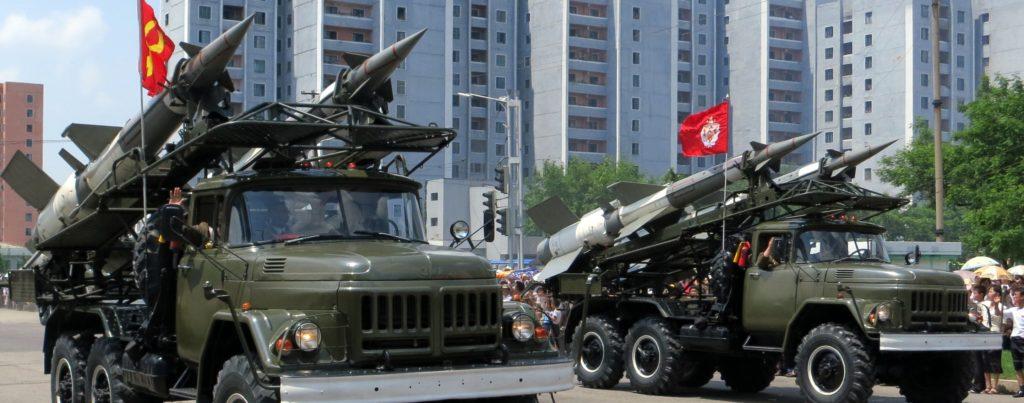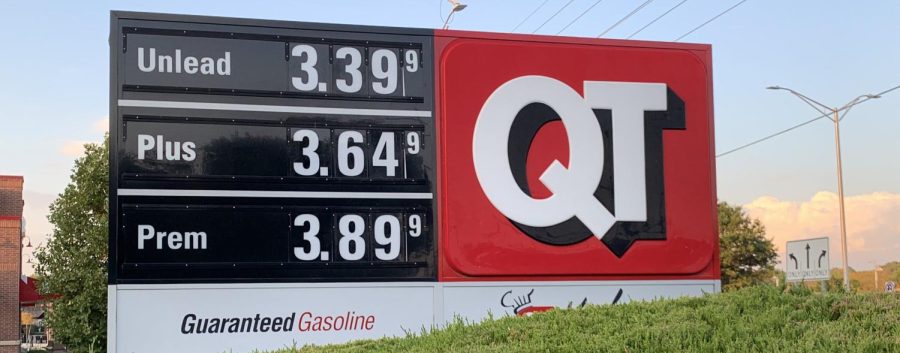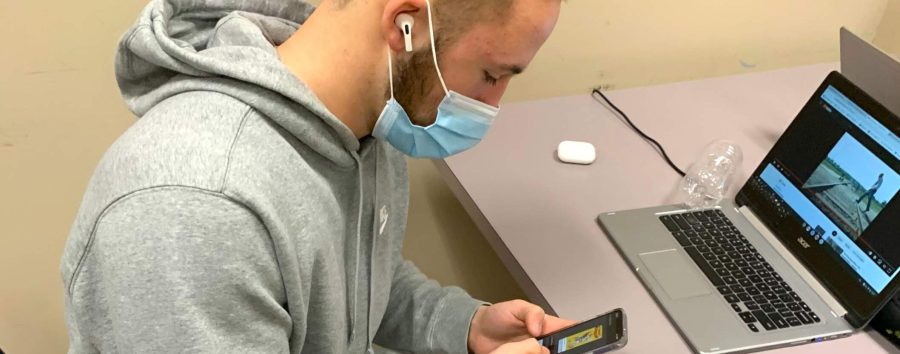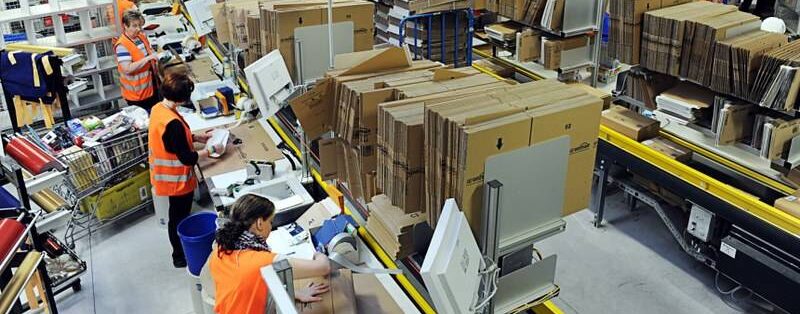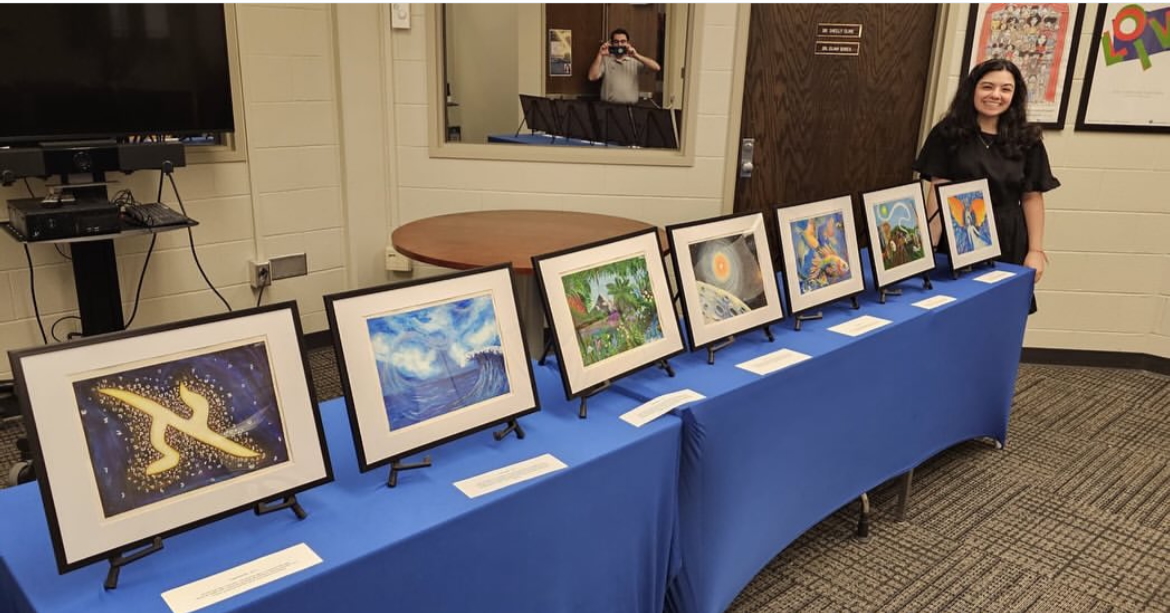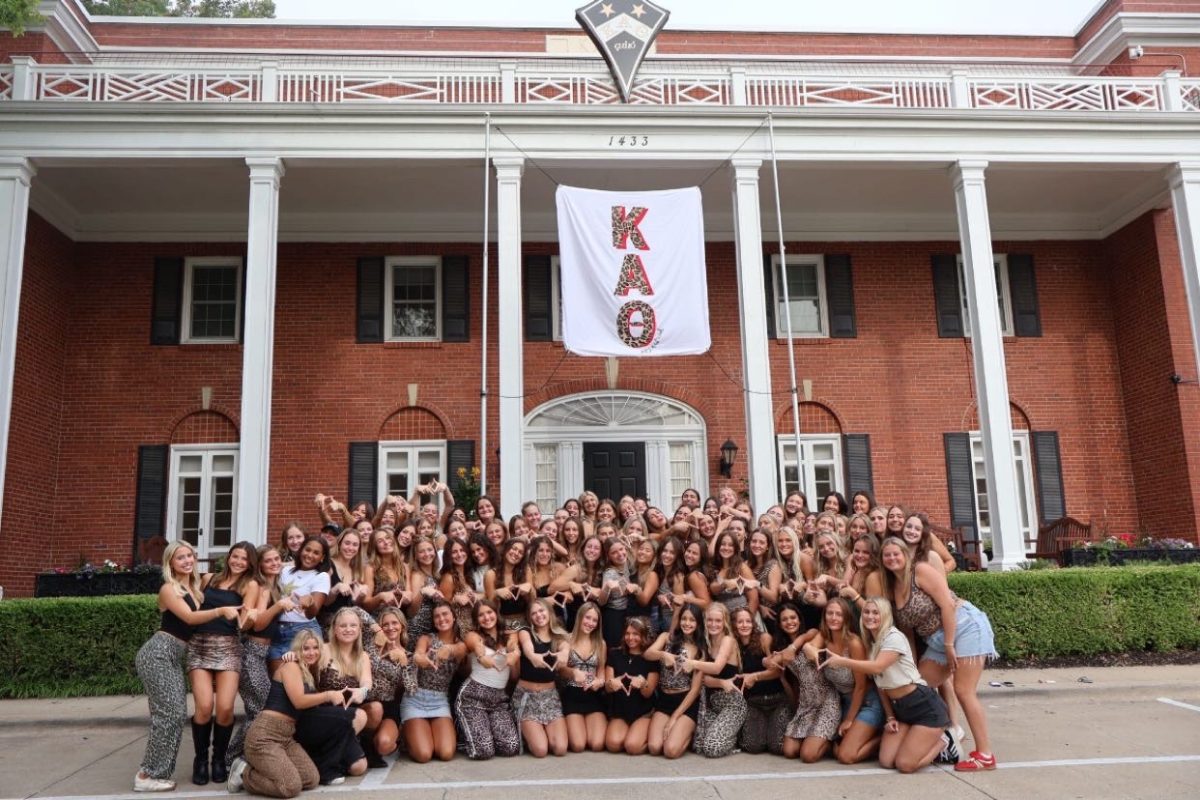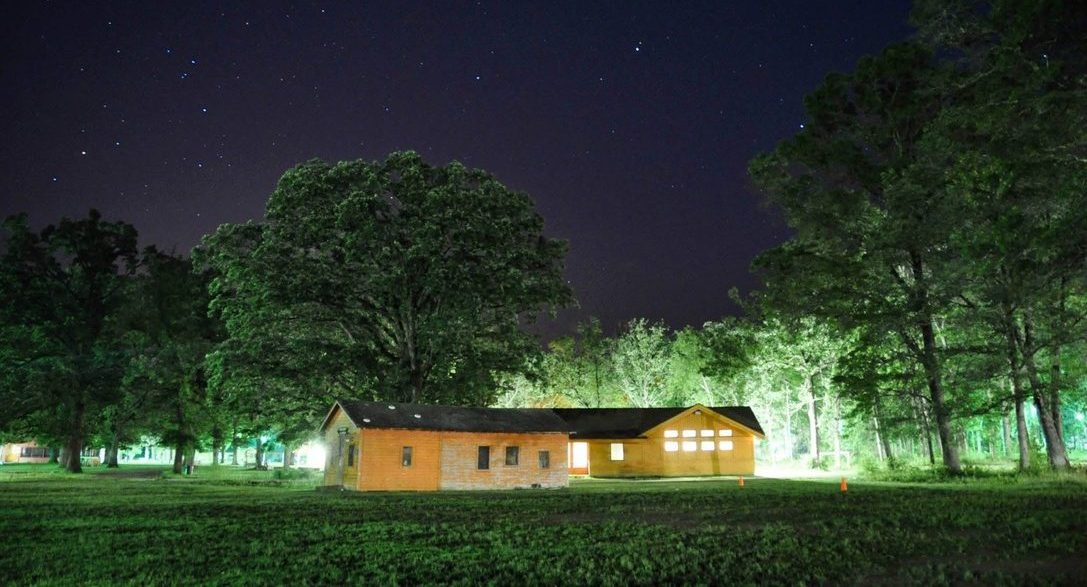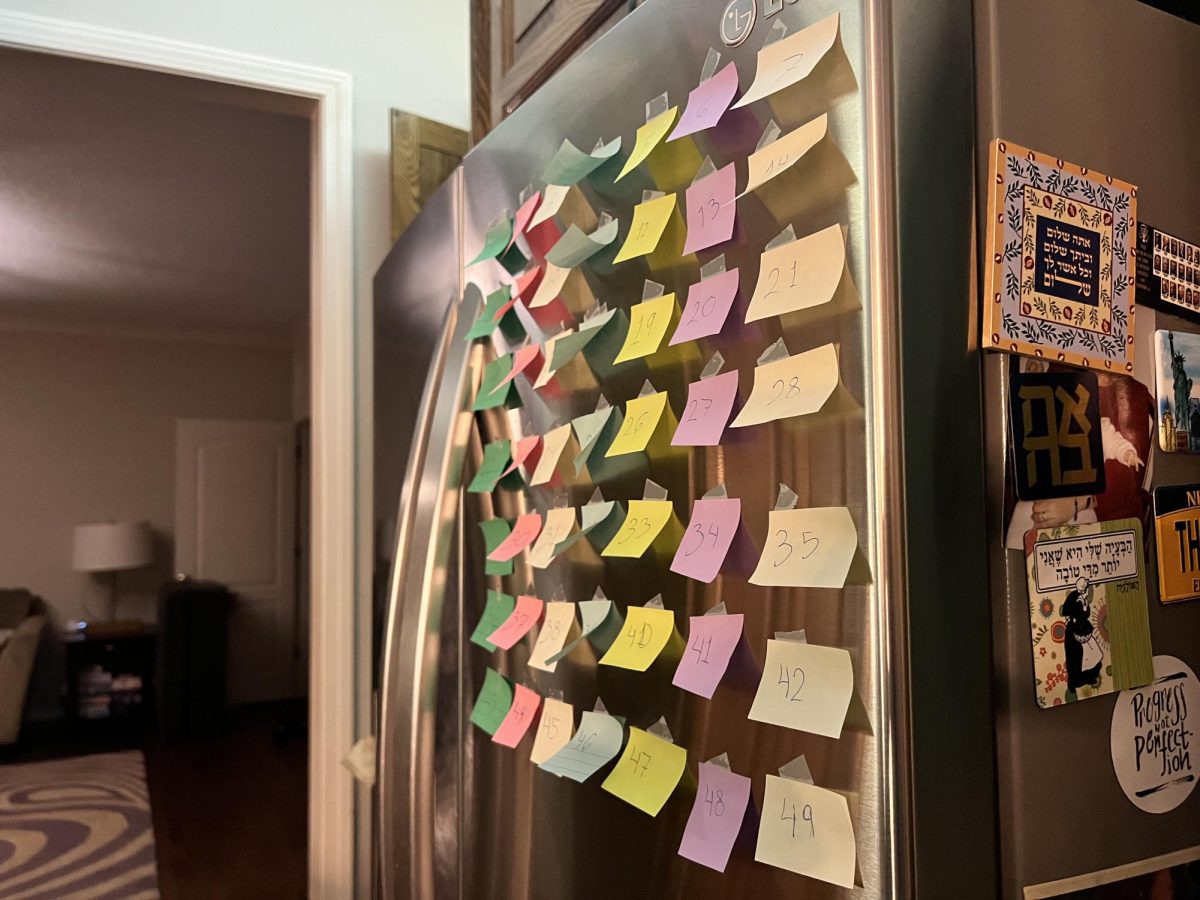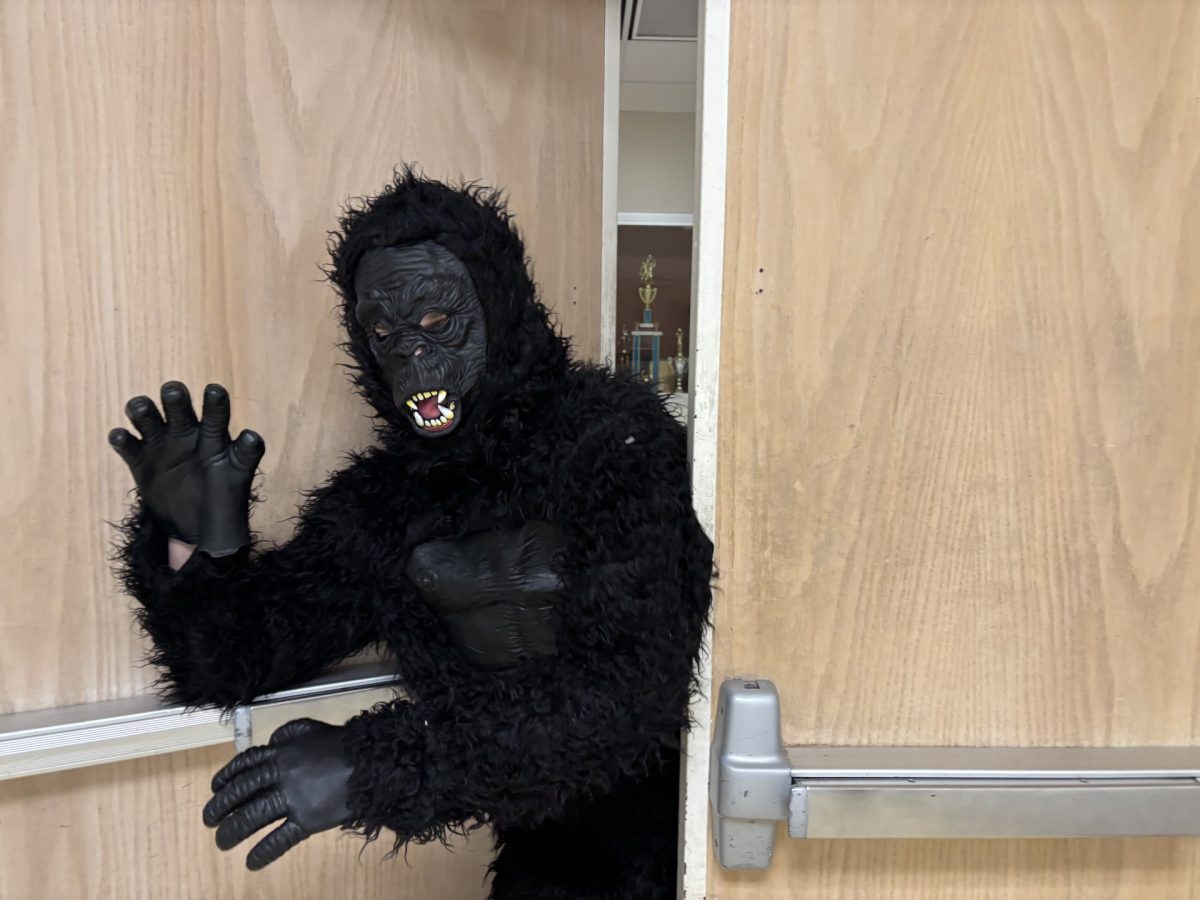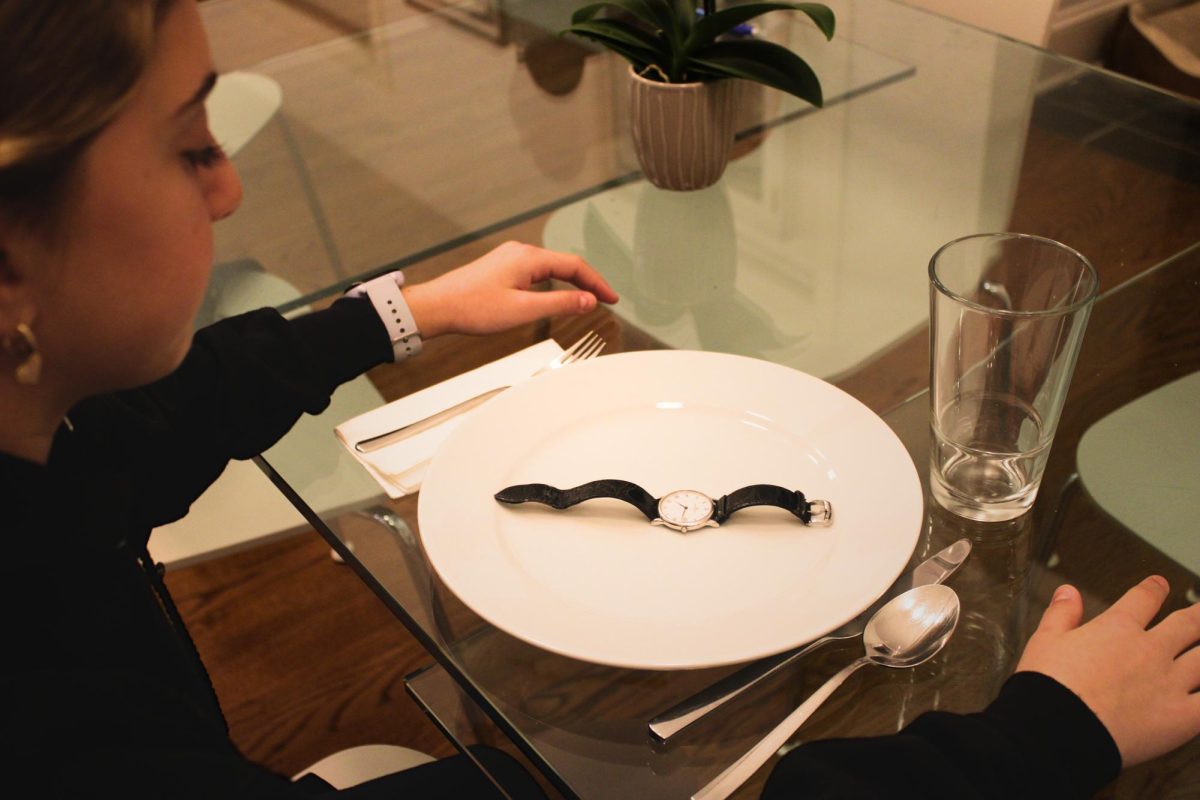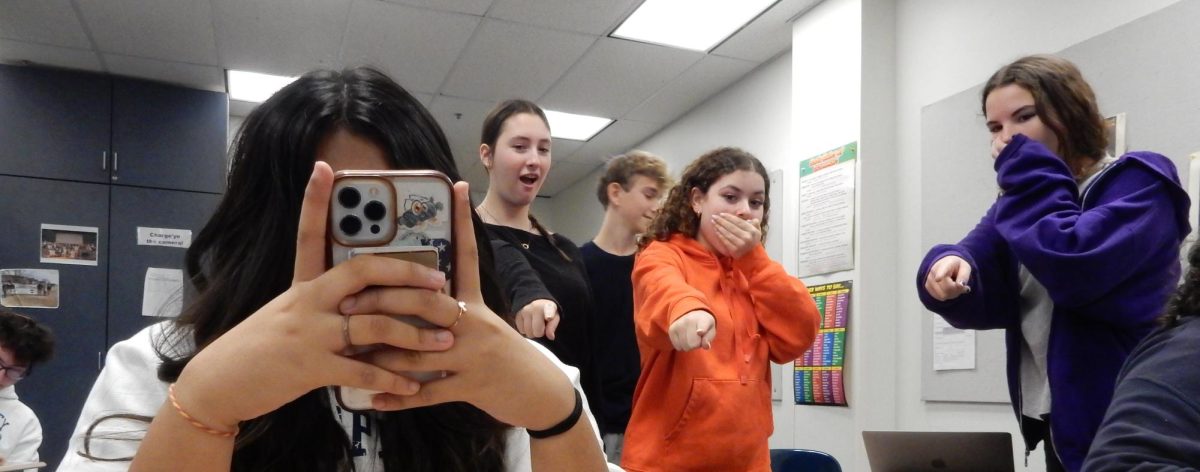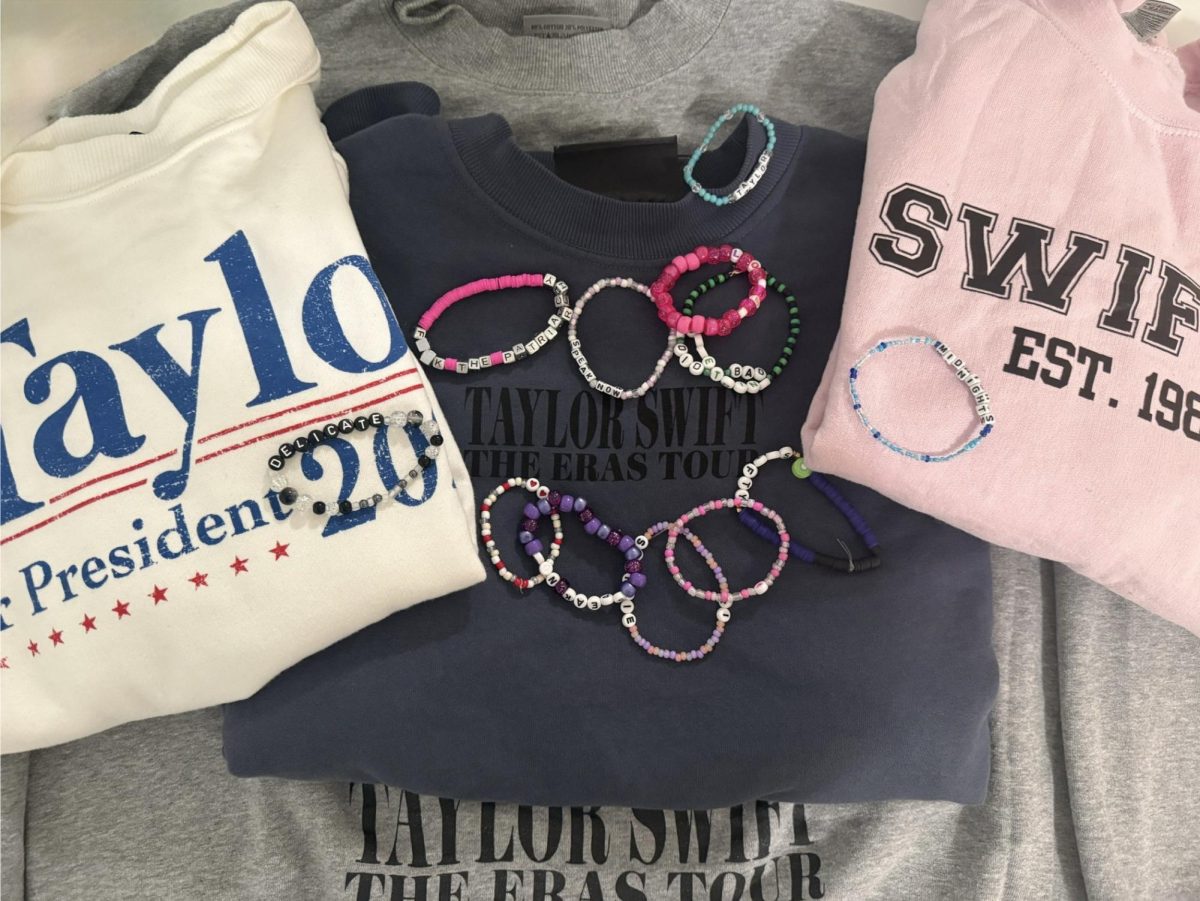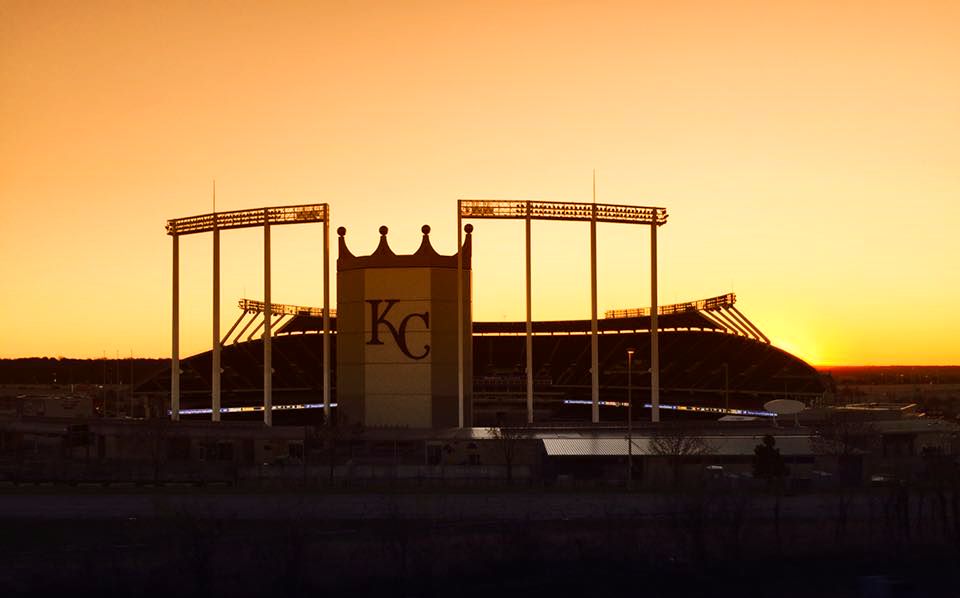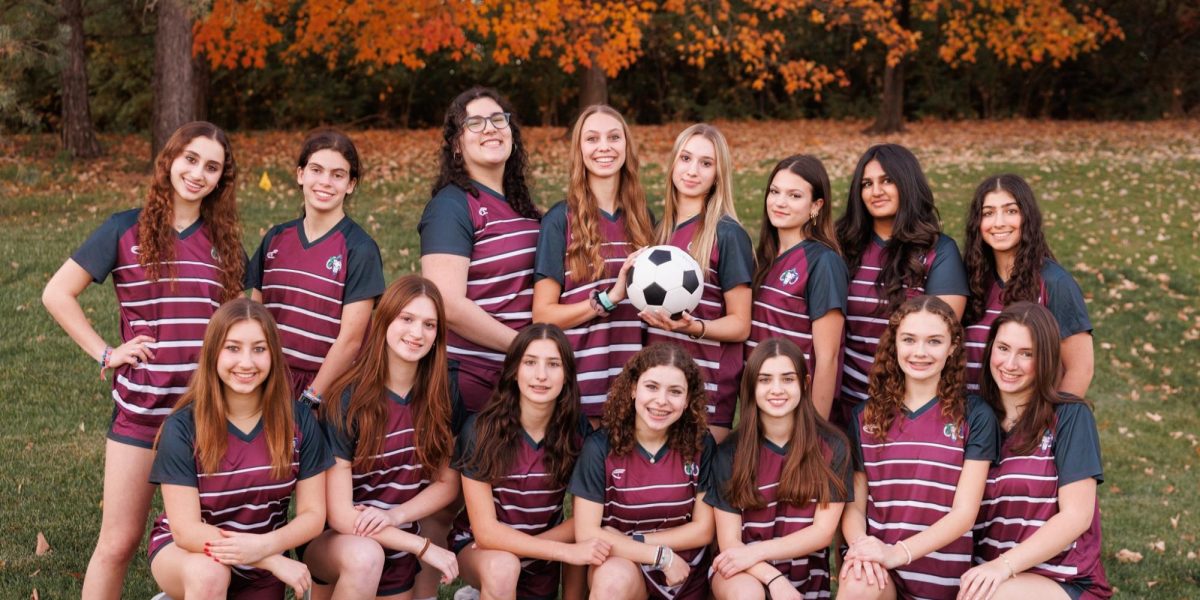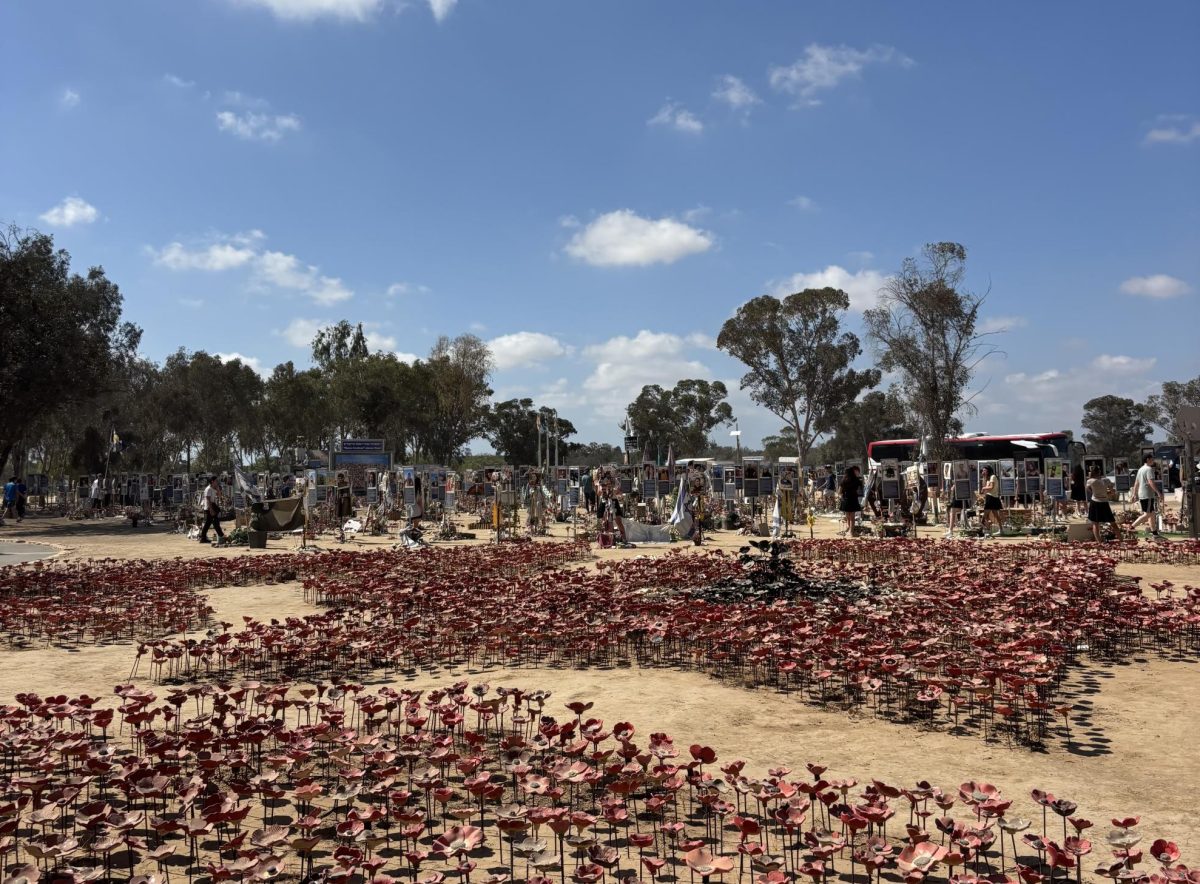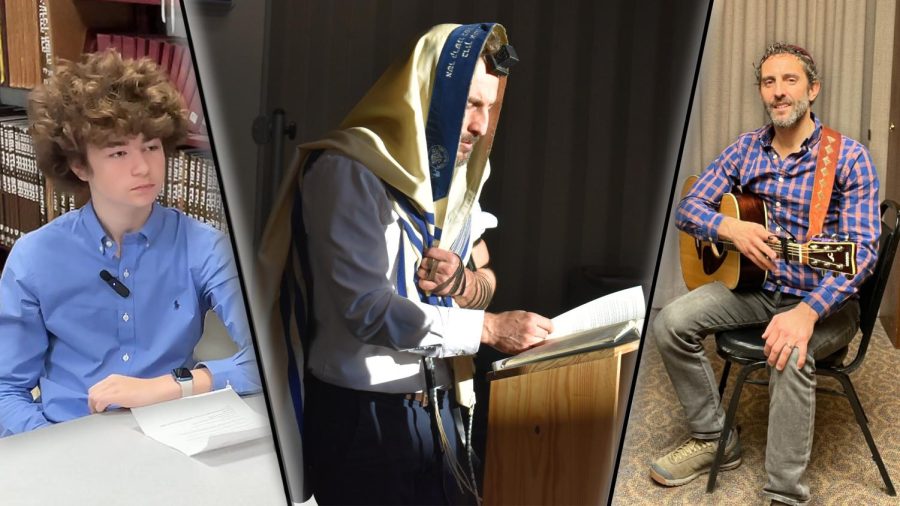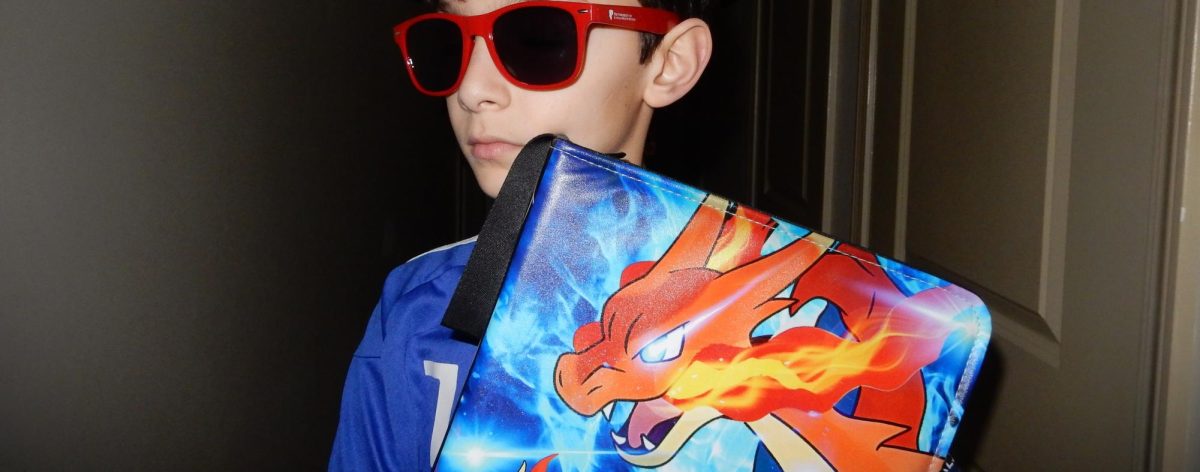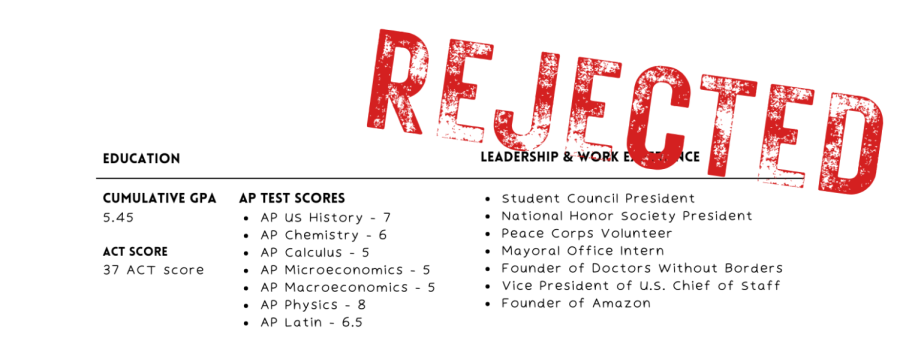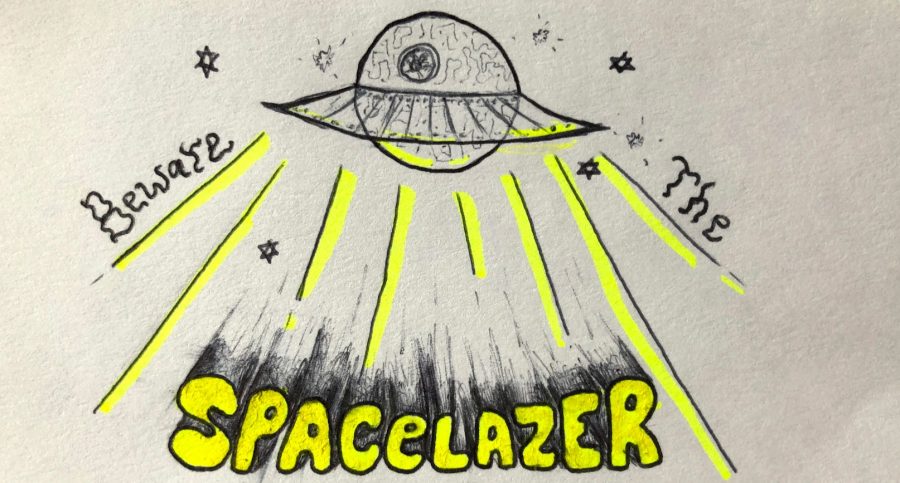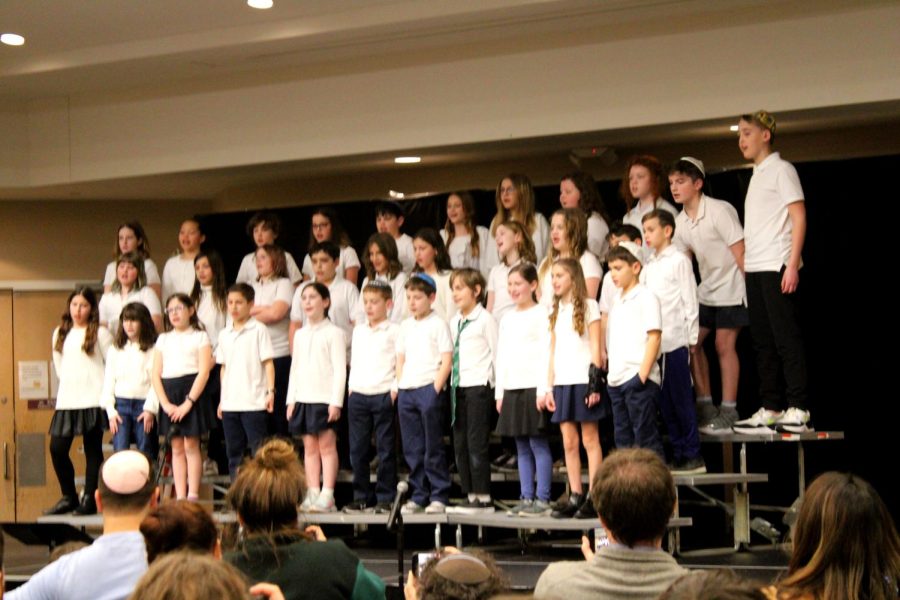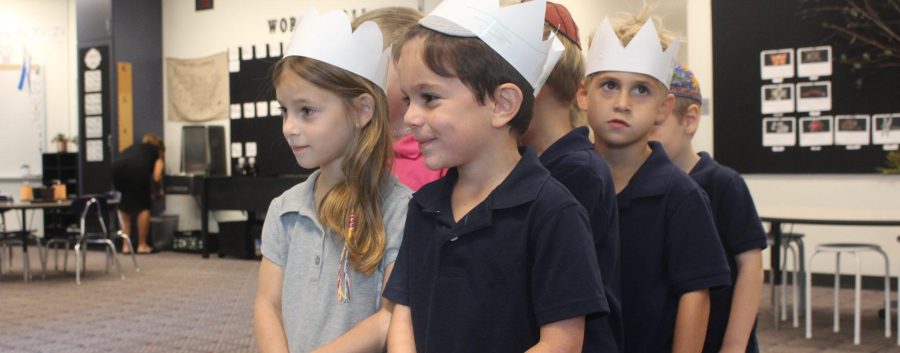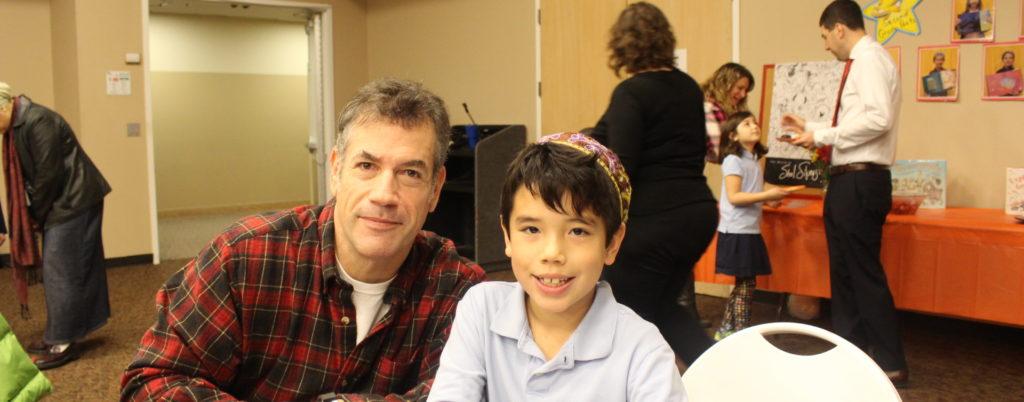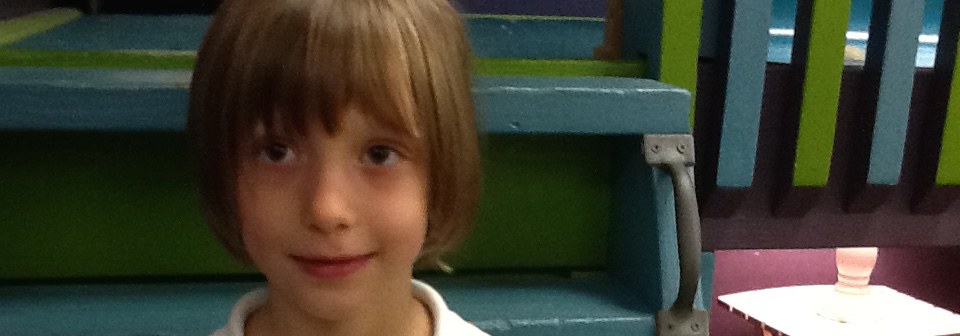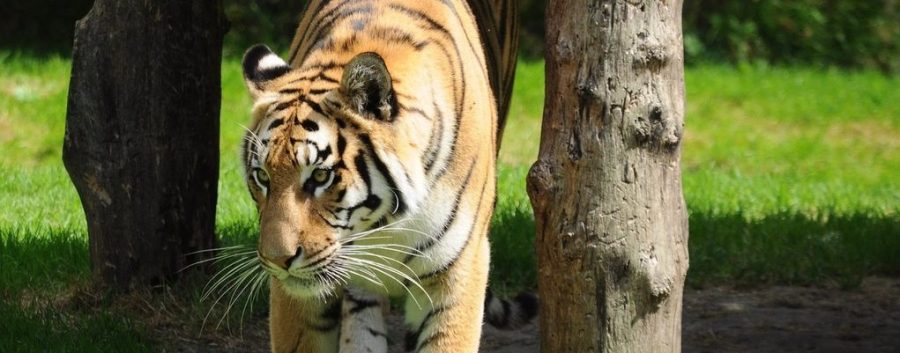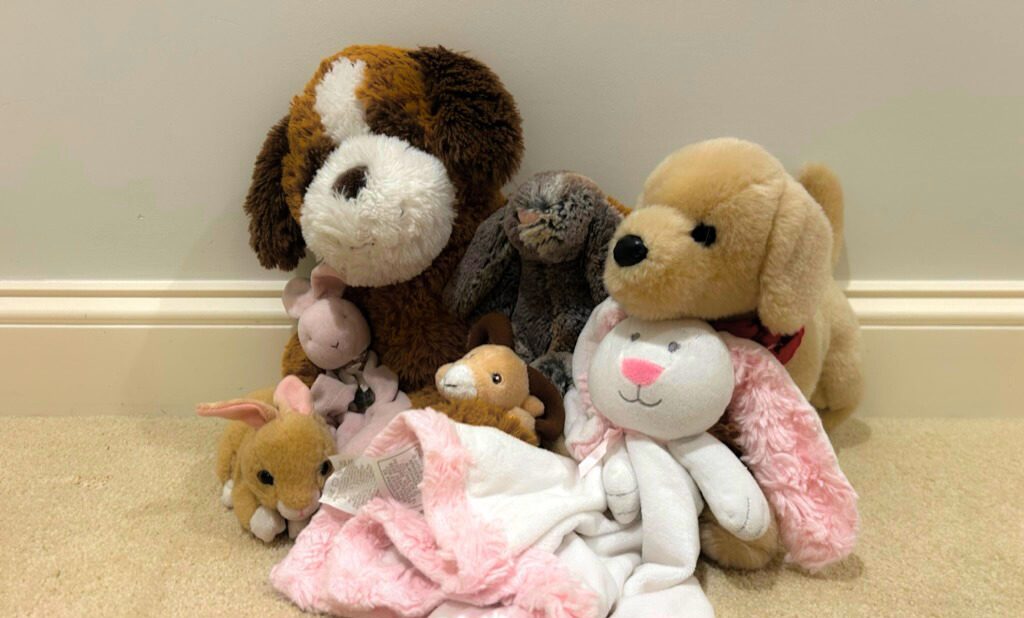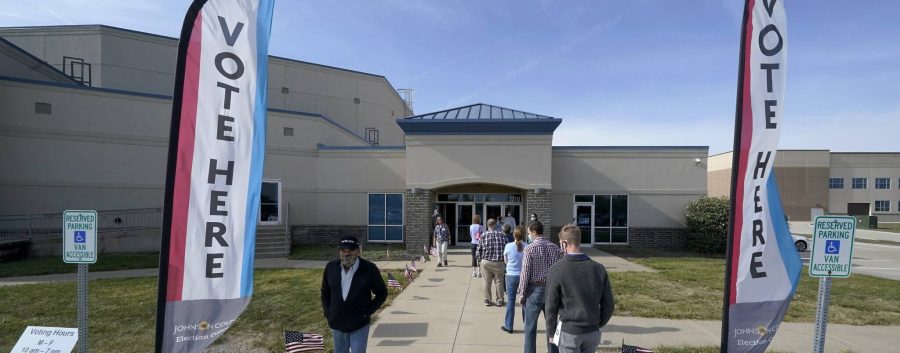Slider image by Picryl.
On Apr. 7, Four Paws, a group dedicated to helping animals who are living in unsafe conditions, emptied the cages of the Rafah Zoo in Gaza. They rescued 47 animals from “terrible conditions” and brought them to wildlife sanctuaries in Jordan and South Africa. The animal enclosures were deemed too small by Four Paws, and after one incident where a lioness had her claws removed with garden shears so visitors could play with her, the group decided to take action.
The Rafah Zoo was infamous for keeping animals in harmful conditions. In mid-Jan., four lion cubs froze to death, and shortly after, the world heard about the mutilation of the lioness. What was even worse was the fact that the zoo owner wished to have all the young lions declawed, and if no veterinarian was present he would perform the surgery himself. There were also reports that the zoo owner had amputated an injured fox’s leg with a saw. Over 120,000 people signed a petition demanding that the zoo be shut down and the suffering animals be relocated. After the petition was signed, Four Paws collaborated with local authorities to evacuate the animals.
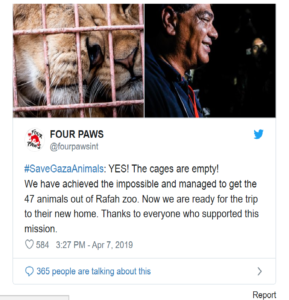
Studies show that tigers and lions have 18,000 times less space in zoos than if they lived in the wild, and polar bears have an astounding one million times less space. Lions in zoos spend approximately 48 percent of their time pacing, which is a sign of stress and behavioral problems. Animals in zoos often die prematurely, and there have even been accounts of animals being sold to circuses where they are treated cruelly. Hundreds of animals die trying to escape their enclosures, sometimes being shot by police or guards.
In theory, being released into the wild sounds like a good idea. However, animals kept in captivity rarely develop the survival skills they need to make it in the wild. They are too dependent on human contact and resources to hunt on their own. Dr. Chris Draper, head of animal welfare and captivity at Born Free-an organization that petitions for animals to be kept in the wild-said in an interview that “the damage was done when [the] animal was brought in from the wild in the first place[.] It is dangerous to assume that releasing them to the wild [wouldn’t] just add to the misery.”
Supporters of zoos say that they are helping rehabilitate animals who are on the endangered species list, but this is not true in the majority of zoos. A study conducted by Captive Animal Protection Society (CAPS), found that almost half of the animals who were supposedly in breeding programs at zoos in the European Union were not even on the endangered species list. A lot of zoos exist primarily for profit, and the well being of the animals are not the top priority.
At the Copenhagen Zoo, a young giraffe named Marius was killed and his body was cut up and fed to the lions in front of the public. The director of the zoo claimed that this was “done every day,” just not in front of people. Zoos breed so there are baby animals, but in the end this just results in more animal deaths. Once the animals are a little bit older, they are sometimes killed off to make room for more animals. Not long after, the same zoo killed four perfectly healthy lions to make room for a new lion.
There is also the notion that zoos are educational, allowing visitors to learn about the behavior and habitats of various animals. But the fact of the matter is that zoos teach people about how animals behave in captivity, and no matter how realistic they attempt to make the habitat, it is not even close to how they would behave in the wild. A study shows that only six percent of people visit zoos for educational purposes, with most of the remainder being for fun or social purposes. Viewing animals in their natural habitat, or even by watching them on a documentary, teaches much more than an artificial habitat ever could.
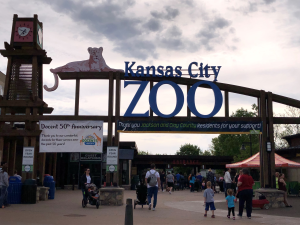
Families who live in Gaza will miss going to the Rafah zoo, however terribly the animals were treated. One man said that “the zoo was the only place they could go for a break…[and] the only entertaining place for our children.”
At the end of the day, zoos are making the lives of the animals who live there miserable. Animals are killed off when they are no longer “needed,” they are placed in enclosures too small, often live in terrible conditions, and overall living in a zoo increases their stress levels. They claim to be a safe haven for animals, when in reality, most of them care more about the profits than the well being of the animals.
———————————————————————-
*The views and opinions expressed in this article are those of the author and do not necessarily reflect the official policy or position of Rampagewired or Hyman Brand Hebrew Academy*


